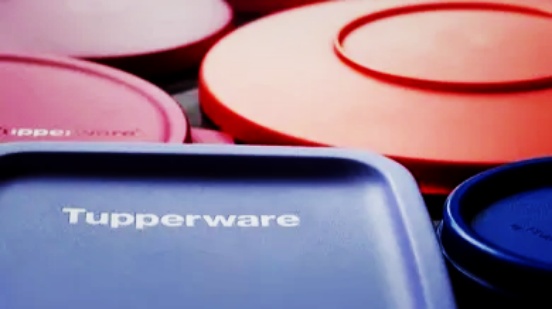
The Fall of Tupperware: Lessons Every Business Should Learn
Tupperware – the name once synonymous with plastic containers and kitchen storage – recently faced bankruptcy, leaving many to wonder how such an iconic brand fell so hard. Tupperware wasn’t just a brand, it was a cultural staple, a household name with decades of success. Yet, despite its strong legacy, it struggled to keep pace with changing times. So, what went wrong? And what can we learn from
What Happened to Tupperware?
- Inability to Evolve: Tupperware rose to fame with its in-home parties, a direct-selling model that worked well in the 1950s and ‘60s. But times have changed. As online shopping, social media, and e-commerce boomed, Tupperware held on to its old ways for too long. They didn’t adapt quickly enough to these new digital trends, which left them behind as customers moved to more convenient shopping options.
- Stiff Competition: As brands like Rubbermaid and newer players entered the market with modern designs and better online presence, Tupperware’s products started looking outdated. Competitors didn’t just offer better products – they offered them in ways that fit consumers' new buying habits.
- Retail Blind Spots: While other brands were dominating both online marketplaces and store shelves, Tupperware stuck to its direct-selling roots, missing out on big retail opportunities. Their limited presence in the places consumers were now shopping—online and in stores—meant less visibility and less relevance.
- Leadership Gaps: Inconsistencies at the top only added to Tupperware’s troubles. Without a clear and forward-thinking strategy, decisions were either too slow or not bold enough to make a difference.
What We Can Learn to Avoid the Same Mistakes
- Adapt or Die: No business can survive if it’s stuck in the past. Tupperware’s biggest mistake was clinging to what worked for them decades ago. Every business must be willing to embrace change and pivot to meet customer needs and market trends. If your customers are shopping online, meet them there.
- Digital is Non-Negotiable: E-commerce isn’t just an option anymore, it’s a necessity. Brands that invest in a strong online presence—whether through their own sites, marketplaces, or social media—are better positioned for long-term success.
- Diversify Your Channels: Relying on one way to sell your products, as Tupperware did with direct sales, is risky. Make sure you’re available where your customers are looking, whether that's online, in stores, or through third-party vendors.
- Innovate to Stay Relevant: Tupperware’s products stopped feeling fresh. To stay in the game, you need to constantly innovate – not just with your products, but with how you deliver and market them. Stale offerings lead to a stale brand.
Tupperware’s bankruptcy is a reminder that even the most iconic brands can fall if they fail to evolve. For any business, staying agile, adapting to new trends, and meeting customers where they are can be the difference between thriving and failing.
